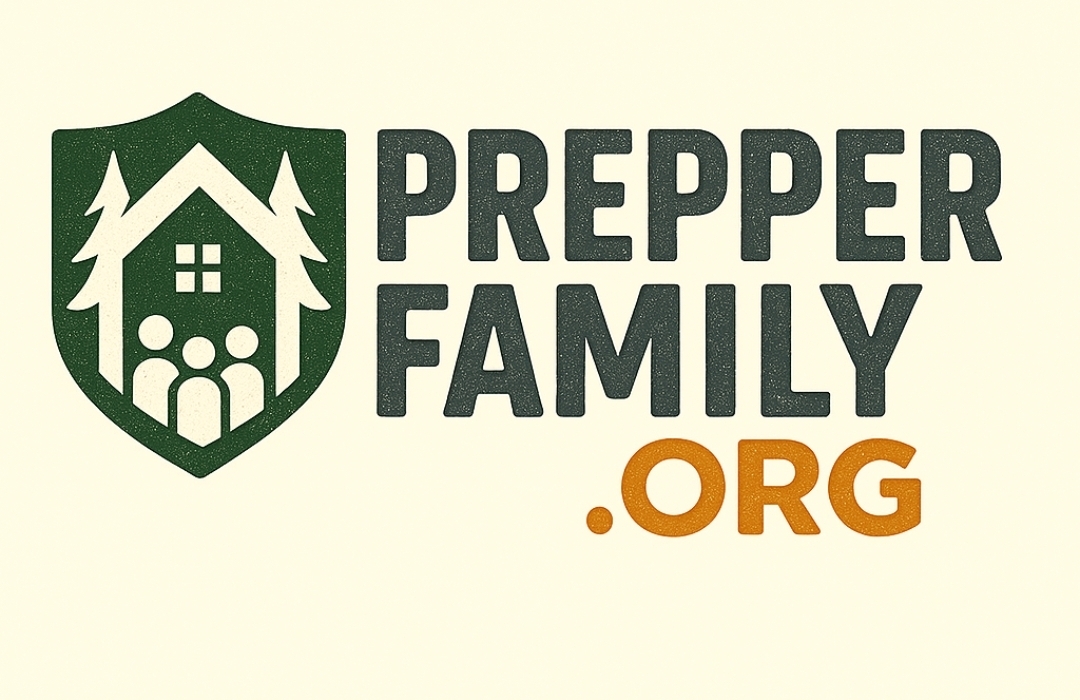🛡️ Iodine Pills (KI) at Home
📋 What are iodine pills?
Iodine pills contain potassium iodide (KI), a non-radioactive form of iodine that, when taken at the right time, saturates the thyroid gland and prevents it from absorbing radioactive iodine released in certain accidents or nuclear emergencies.
Important: They only protect the thyroid and only work if there is a risk of radioactive iodine; they are not a universal «antidote» against radiation.
🚀 Step-by-step guide
What to do: Follow official communications (civil protection, public health). Take KI only if authorities indicate so, because they have detected radioactive iodine at levels that justify the measure.
What to do: Effectiveness is highest if taken shortly before or within a few hours after exposure (the window recommended by health guidelines is narrow).
What to do: Dosage depends on age (infants, children, adolescents, adults) and will be indicated by the health authority. Approved tablets are 65 mg and 130 mg; don’t improvise with other forms.
What to do: Place KI in your emergency kit, along with a radio, flashlight, water, and communication plan. Run a drill: Who brings the case? How do you confirm the alert? Who checks the expiration date?
🚨 Common mistakes
⛔ Taking them «just in case» without official notice
→ Wrong: KI is not a general preventive nor a «radiation vitamin.»
⛔ Using them as a daily iodine supplement
→ False: It is only for emergencies; misuse can harm thyroid function.
⛔ Believing it protects the whole body or any radionuclide
→ No: It only protects against radioactive iodine and only the thyroid. Shelter, sealing your home, and evacuation remain essential.
⛔ Substituting it with iodine tincture, iodized salt, or other «remedies»
→ Dangerous and ineffective. Use only approved KI.
⛔ Improper self-dosing in children
→ No: Wait for the official guideline and use appropriate forms for splitting.
⚠️ Key warning
People with a history of thyroid disease or certain sensitivities must strictly follow official/medical instructions; «seafood allergy» is not the same as «iodine allergy».
🛒 How to choose good iodine pills
It must say «Potassium Iodide (KI)» as the active ingredient.
Tablets of 65 mg or 130 mg (forms approved in official guidelines).
Prefer products authorized by the regulatory authority (e.g., FDA/national authority lists).
Check the expiration date and batch.
It must include emergency usage guidelines.
🏠 Safe storage
📍 Location
First aid kit in a dry, cool place, out of children’s reach. Avoid humidity and heat.
📅 Expiration control
Note the date in your family calendar and check the kit every 6–12 months.
🔍 Accessibility
Place them where everyone can find them during a nighttime blackout (next to flashlight and radio).
🎯 Conclusion
Having KI at home, well chosen and well stored, is a simple and inexpensive measure that can make the difference if radioactive iodine is ever released. It does not replace sheltering, sealing your home, or evacuation; it is a complement within a responsible family plan.
🛡️ Recommended Products
📚 Sources
- Centers for Disease Control and Prevention (CDC). Potassium Iodide (KI). In: Radiation Emergencies. Atlanta: CDC; January 30, 2025.
- World Health Organization (WHO). Use of potassium iodide for thyroid protection during nuclear or radiological emergencies. Geneva: WHO; July 8, 2025.
- U.S. Department of Health and Human Services / Radiation Emergency Medical Management (REMM). Potassium Iodide (KI). Washington, D.C.; date not specified.
- U.S. Food and Drug Administration (FDA). Potassium Iodide as a Thyroid Blocking Agent in Radiation Emergencies. Silver Spring, MD; updated April 7, 2020


